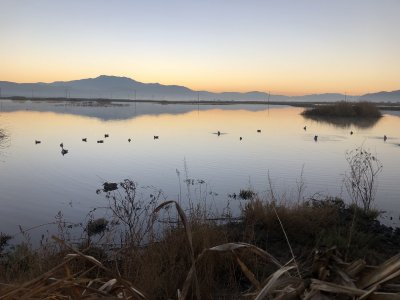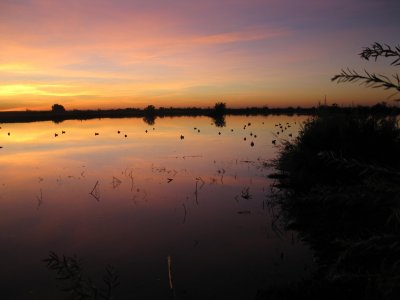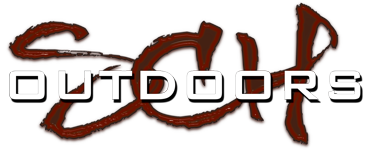Is anyone here keen to the purpose for having the various locations to attached weighted lines on the keel of your decoy? My Higdons have 3 different locations for the snap swivel and I am wondering of when our why to clip the line in to one spot or the other.
You are using an out of date browser. It may not display this or other websites correctly.
You should upgrade or use an alternative browser.
You should upgrade or use an alternative browser.
Decoy Rigging
- Thread starter vbCal
- Start date
Is anyone here keen to the purpose for having the various locations to attached weighted lines on the keel of your decoy? My Higdons have 3 different locations for the snap swivel and I am wondering of when our why to clip the line in to one spot or the other.
It's to have the decoys looking different directions...
Ok to a little nuance but not terribly complicated? Thank you for the help!It's to have the decoys looking different directions...
Ok to a little nuance but not terribly complicated? Thank you for the help!
That was the short answer...
Many brands of decoys don't offer multiple locations, because what ever the direction of the wind is, is the way a duck will normally face...In the best conditions, the wind is at your back...Decoys will be faced towards you, as if they're heading towards the shore...Main body of decoys right in front of you...In the worst conditions, the wind is in your face...Then you would want your decoys hooked in the rear...Again, making them appear they're headed towards shore...Ducks that headed away from shore can be a sign of danger to them.
Winds that are left to right or right to left...You would want them hooked in the front with the main body of decoys on the up wind side...Ducks almost always land into the wind...Hence, having the decoys upwind, so they attempt to land in front of you.
Under calm conditions (the most common) and with some kind of movement (jerk string, shakers, pulsators, etc.), you would want decoys looking in all directions like actively feeding ducks would look.
,


Those are great tips thank you. on days with wind vs calm days are you going to be as likely to hook some on the back still? Or would you simply hook them all in front so it appears like a bunch of ducks are facing the wind and just landed there?That was the short answer...
Many brands of decoys don't offer multiple locations, because what ever the direction of the wind is, is the way a duck will normally face...In the best conditions, the wind is at your back...Decoys will be faced towards you, as if they're heading towards the shore...Main body of decoys right in front of you...In the worst conditions, the wind is in your face...Then you would want your decoys hooked in the rear...Again, making them appear they're headed towards shore...Ducks that headed away from shore can be a sign of danger to them.
Winds that are left to right or right to left...You would want them hooked in the front with the main body of decoys on the up wind side...Ducks almost always land into the wind...Hence, having the decoys upwind, so they attempt to land in front of you.
Under calm conditions (the most common) and with some kind of movement (jerk string, shakers, pulsators, etc.), you would want decoys looking in all directions like actively feeding ducks would look.

